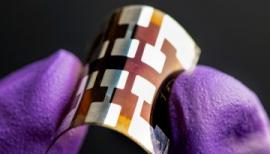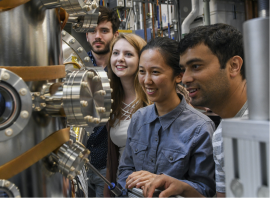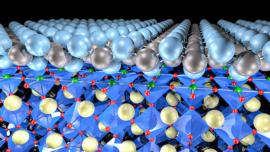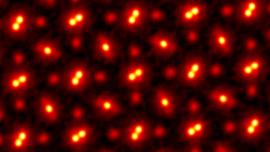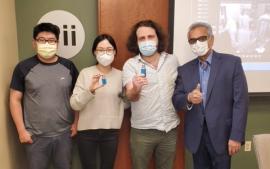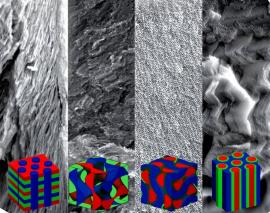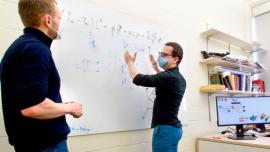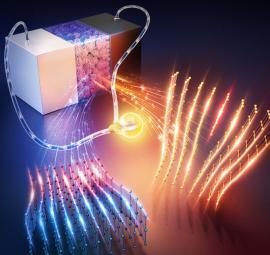Elucida Oncology, Inc., a Cornell/MSK start-up commercializing C dots has successfully filled vials with a therapeutic Cornell dot (C dot) drug product (DP) for clinical use. This is an important milestone for Elucida Oncology, Inc, on their way to the first human clinical trials in the second half of 2021 using C dots as drug delivery vehicles for therapeutic agents. C Dots were created more than 15 years ago in the lab of Uli Wiesner , the Spencer T. Olin Professor of Engineering in the Department of Materials Science and Engineering. Wiesner has been working to put C Dots to use in the...
Read more


